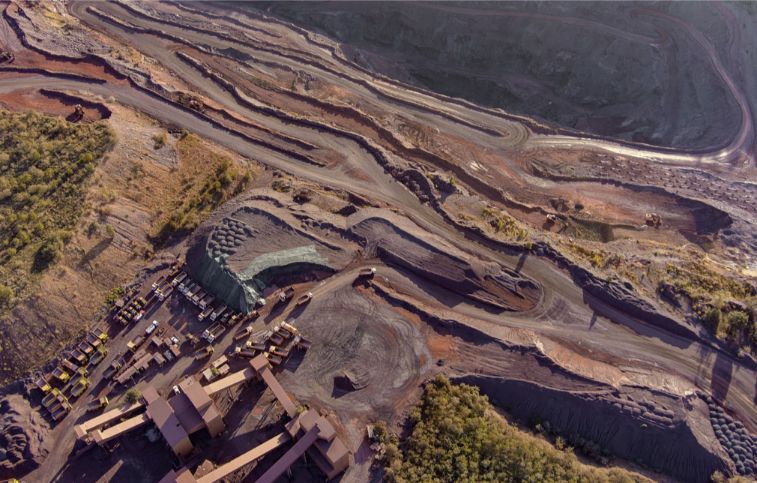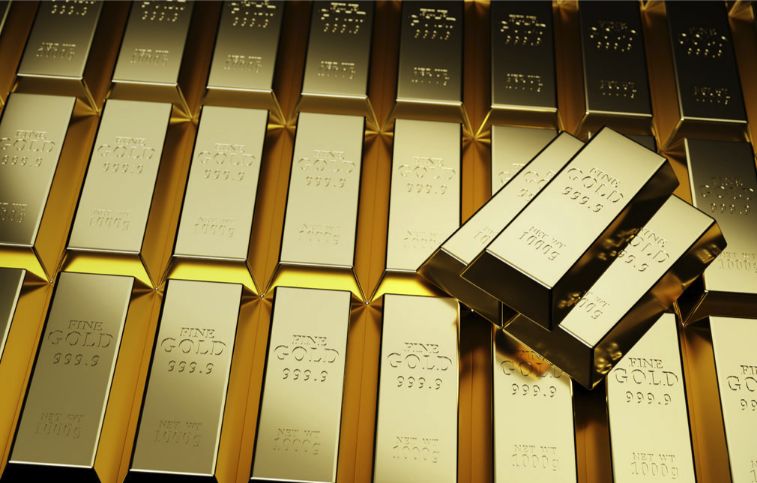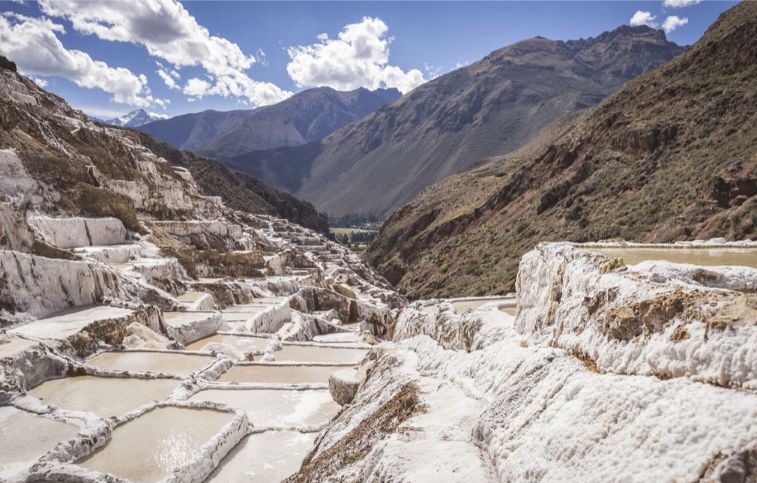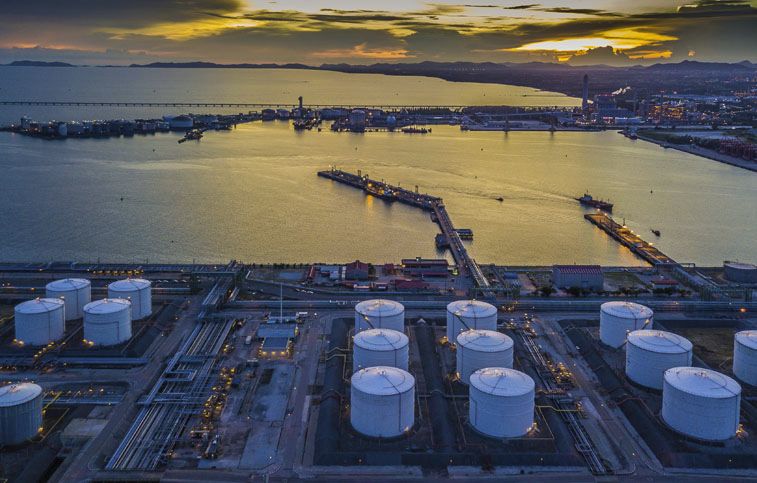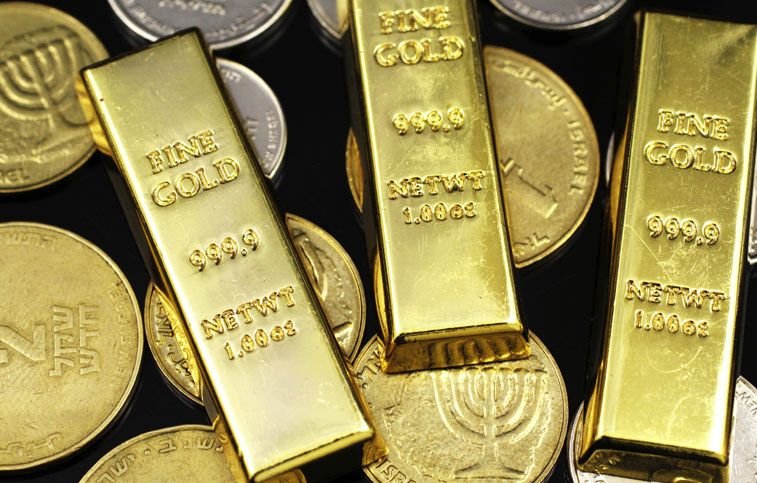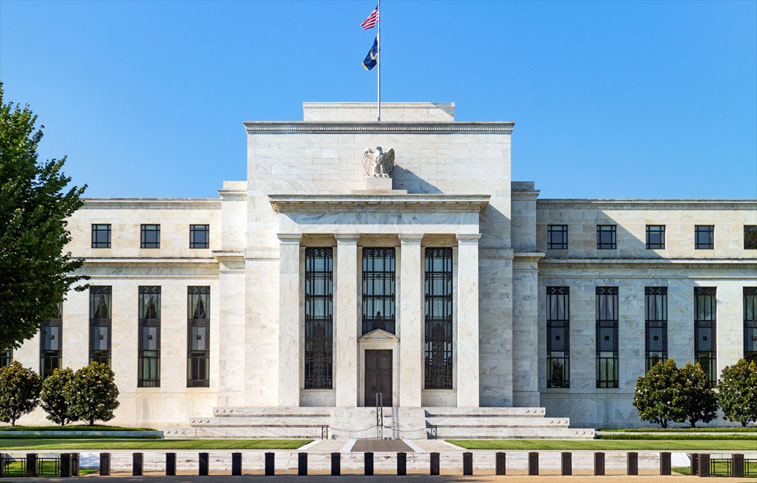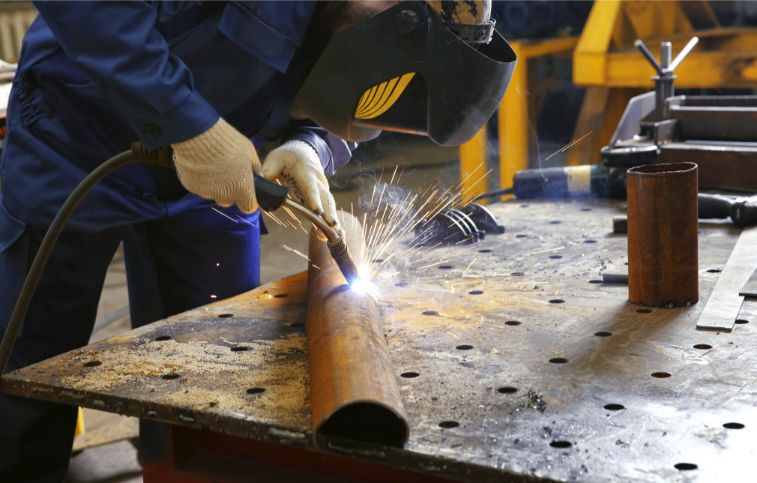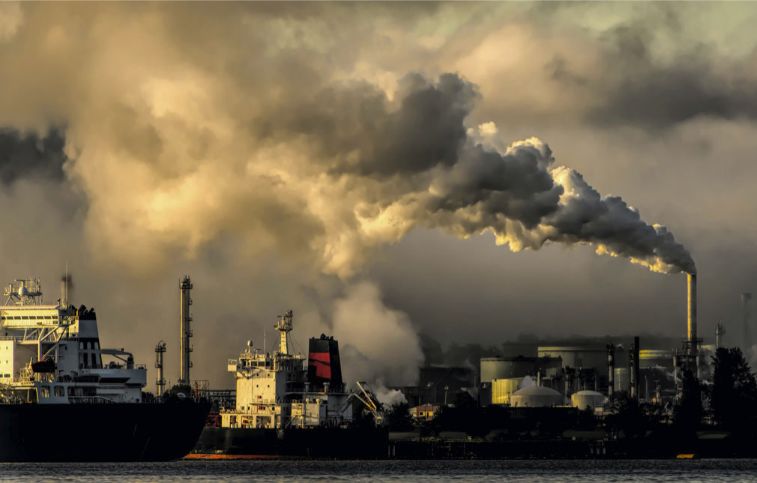Since the 15th century, Antwerp, the Belgian port city, has been regarded as one of the most important diamond trading centers. According to the Antwerp World Diamond Centre, 37 billion euros per year are traded discreetly and confidentially.
Sigal Vantzovski, owner of Binson Diamonds in Antwerp, explains that the rough diamonds come from Angola, Congo, Sierra Leone, South Africa, and Russia. They are transported to Belgium for polishing in factories. The diamonds are then transformed into jewelry and sold, among other places, in her store.
It is a prestigious niche market with billions in sales, from which Russia continues to profit despite the war in Ukraine. The European Union has imposed numerous sanctions against Moscow since the beginning of the Russian war in Ukraine. For instance, importing gold, vodka, and caviar was prohibited; however, Russian diamonds were exempted for a specific reason.
According to data from the Russian Ministry of Finance, in 2021, Russia exported more than 48.6 million carats of rough diamonds, the highest amount since the beginning of the observation period in 2007. The turnover amount was not quantified. The principal export markets are the United Arab Emirates and Belgium.
Belgium, where the EU’s headquarters are located, plays a crucial role in the diamond industry and is actively lobbying to exclude Russian diamonds from sanctions.
According to Koen Vandenbempt, dean of the Economics Faculty at the University of Antwerp, Europe would be harmed economically by sanctions. By prohibiting imports of Russian rough diamonds, an industry would be lost and relocate to Dubai or Mumbai, where transparency and sustainability would receive far less attention than in Antwerp, according to Vandenbempt.
Joachim Dünkelmann of the German Federal Association of Jewelers, Jewelry, and Watch Retailers (BJV) explains that since many nations, such as India, Israel, and the United Arab Emirates, would not have joined a boycott, Russian stones would have ultimately found their way onto the global market via these nations. “Strengthening regulations or laws against Russia would not affect this.”
However, the Kremlin is most likely profiting from the diamond craze. One of the largest producers in the Russian diamond giant Alrosa claims to be “partially” state-owned. Experts estimate the state’s share to be approximately 33%.
Alrosa is responsible for 95% of Russian diamond production, or about 27% of the global trade. That means at least one in four stones sold globally originates in Russia. The behemoth operates multiple mines in the Sakha region of northeastern Russia and Arkhangelsk in the northwest, in addition to holding stakes in mines abroad, such as in Angola.
Contrary to Vandenbempt, commodities expert Larisa Stanciu emphasizes that a ban on imports of Russian rough diamonds would reduce the amount of money flowing into the state coffers via Alrosa. This reduction would have both direct and indirect effects on the war budget, even though diamond trade revenue is much lower than gas and oil trade revenue.
Alrosa CEO Sergei Ivanov is no stranger either. The United States sanctioned him as one of the first oligarchs from Putin’s circle. While the European Union hesitated, the U.S. government imposed sanctions on Alrosa shortly after the start of the war and then tightened them.
“This is where I always become a little cynical,” says Vandenbempt, noting that Europeans are naive to believe that the United States will do anything to harm their economy. According to him, American jewelry sales account for 50% of the global market. In addition, there is a loophole in the U.S. sanctions provision due to sloppy wording. It states that if a diamond has been significantly altered in another country, that country may be claimed as its origin.
Consequently, Russian gems polished in India could still be imported into the United States while concealing their origin. According to Vandenbempt, it is nearly impossible to determine a stone’s country of origin. Nevertheless, there are certification procedures for rough diamonds, such as the so-called Kimberley Process, which, according to EU customs, is designed to prevent the import of so-called conflict and blood diamonds.
